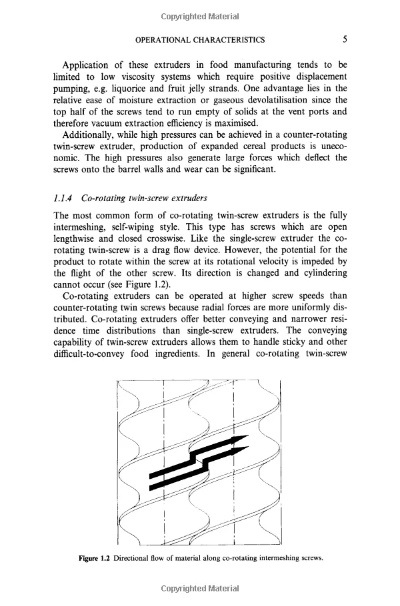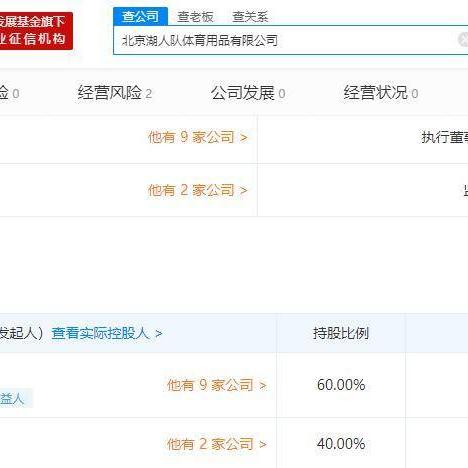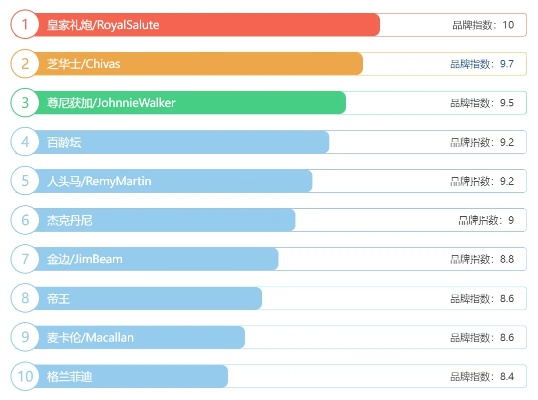The Evolution of Textile CAD Design:From Traditional to Modern Techniques
Introduction: The textile industry has undergone a significant transformation over the years, with the advent of Computer-Aided Design (CAD) technology revolutionizing the way textile products are designed, manufactured, and distributed. Today, textile CAD design is not just a tool for creating patterns but a comprehensive process that integrates various aspects of textile production, from pattern generation to manufacturing. In this essay, we will explore the evolution of textile CAD design, its applications, and case studies to illustrate its impact on the industry.
Historical Perspective: The concept of CAD in textile design can be traced back to the early 20th century, when engineers used computers to create blueprints for building structures. However, it wasn't until the 1980s that textile CAD systems were developed specifically for designing textile patterns. These early systems were rudimentary and primarily used for generating simple designs.
In recent years, the use of CAD in textile design has grown significantly, driven by advancements in software and hardware technology, as well as increased demand for customized and high-quality textile products. Today, textile CAD systems are sophisticated tools that can handle complex designs, generate accurate patterns, and optimize production processes.
Applications of Textile CAD Design: Textile CAD design is used in various stages of the textile product lifecycle, including pattern generation, cutting, stitching, and finishing. Here are some key applications of textile CAD design:

Pattern Generation: Pattern generation is the first step in textile CAD design, where designers input their ideas into a computer program and the program creates a digital representation of the pattern. This digital pattern can then be printed onto fabric or woven into a physical product. CAD systems have made pattern generation more efficient and accurate, reducing errors and saving time.
Cutting: Once a pattern is generated, it needs to be cut into individual pieces using a computerized cutting machine. CAD systems can optimize cutting parameters to ensure uniformity and minimize waste. They can also predict the amount of fabric required for each piece, reducing material wastage.
Stitching: Stitching is the final stage of textile CAD design, where the digital pattern is transferred onto fabric and sewn together. CAD systems can optimize stitching parameters to achieve the desired look and fit, while also minimizing waste and ensuring quality control.
Finishing: After stitching, textile products need to be finished, such as dyeing, printing, or coating. CAD systems can optimize these processes by predicting the best conditions for each type of finish, reducing processing times and costs.
Case Study: One example of the impact of textile CAD design is the development of high-tech fabrics for sportswear. A leading sportswear brand partnered with a textile designer to develop a new range of athletic apparel using CAD technology. The designer created a unique pattern that incorporated advanced materials and technologies, such as stretchy knits and moisture-wicking fabrics. The CAD system generated detailed drawings and simulations of the fabric's performance, enabling the brand to test and refine the design before mass production. The resulting products were highly sought after by athletes and consumers alike, demonstrating the power of CAD design in driving innovation and enhancing customer experience.
Conclusion: Textile CAD design has revolutionized the industry by streamlining the design process, improving quality control, and reducing waste. As technology continues to advance, we can expect even greater benefits from this innovative approach to textile production. By embracing CAD technology, textile companies can stay ahead of the competition, meet changing consumer preferences, and drive growth in the global textile market.
随着科技的飞速发展,纺织品CAD设计已成为现代制造业的重要环节,本文将围绕纺织品CAD设计主题,从多个方面进行深入探讨,并提供相关案例分析,旨在为从事纺织品CAD设计的人员提供参考。
纺织品CAD设计概述
纺织品CAD设计是指利用计算机辅助设计软件,对纺织品进行高效、精确的设计和优化,它涵盖了从设计输入到最终产品输出的整个过程,包括面料选择、结构设计、工艺流程等,在纺织品CAD设计中,设计师需要运用先进的技术手段,提高设计效率,降低生产成本。
案例分析
某品牌纺织品CAD设计项目
某品牌近年来在纺织品CAD设计领域取得了显著成果,该品牌采用先进的CAD软件进行纺织品设计,实现了从设计输入到最终产品输出的全流程自动化,在项目实施过程中,设计师充分利用计算机辅助设计软件的功能,对面料选择、结构设计、工艺流程等进行了精细化的设计,该品牌还采用了智能制造技术,实现了生产过程的智能化管理,大大提高了生产效率和产品质量。

纺织品CAD设计的创新应用
近年来,纺织品CAD设计在行业中得到了广泛应用,某服装公司采用了先进的CAD软件进行服装面料的设计和优化,大大提高了设计效率和产品质量,纺织品CAD设计还广泛应用于家居纺织品、户外运动用品等领域,在这些领域中,设计师可以利用CAD软件进行面料材质的选择、结构设计等,从而实现产品的个性化定制。
纺织品CAD设计的步骤与方法
设计输入阶段
在设计输入阶段,设计师需要收集和分析市场需求、产品特点等信息,为后续的设计和优化提供依据,设计师还需要考虑产品的生产工艺、材料性能等因素,制定出合理的设计方案。
设计优化阶段
在设计优化阶段,设计师可以利用计算机辅助设计软件的功能,对设计方案进行精细化处理,利用计算机辅助绘图功能,实现面料纹理、颜色等的设计;利用计算机辅助分析功能,对产品的性能进行仿真分析等,设计师还可以利用智能制造技术,实现生产过程的自动化和智能化管理。
实施阶段
在实施阶段,设计师需要与生产厂家进行沟通和协作,确保生产过程的顺利进行,设计师还需要对生产过程进行监控和调整,确保产品质量和生产效率的不断提高。
纺织品CAD设计的实践应用
纺织品CAD设计的实践应用广泛,可以应用于纺织品的生产、销售等多个环节,在生产环节中,设计师可以利用CAD软件进行生产流程的自动化和智能化管理,提高生产效率和产品质量,设计师还可以利用CAD软件进行产品的个性化定制,满足消费者的不同需求,在销售环节中,设计师可以利用CAD软件进行市场调研和分析,了解市场需求和消费者偏好,为产品的销售提供依据。
纺织品CAD设计是现代制造业的重要环节,它可以提高设计效率、降低生产成本、提高产品质量等,在纺织品CAD设计中,设计师需要运用先进的技术手段和理念,实现全流程自动化和智能化管理,设计师还需要注重实践应用和创新应用,不断提高纺织品CAD设计的水平和能力。
Articles related to the knowledge points of this article:
The Rise of Wang Peng Textiles:A Global Success Story
Exploring the Global Trade Frontier:The Fabric of Innovation in Xian Textiles
The Art of Textiles:Exploring the World of Meikai Textiles
The Multifaceted Benefits and Applications of Home Textile Products



